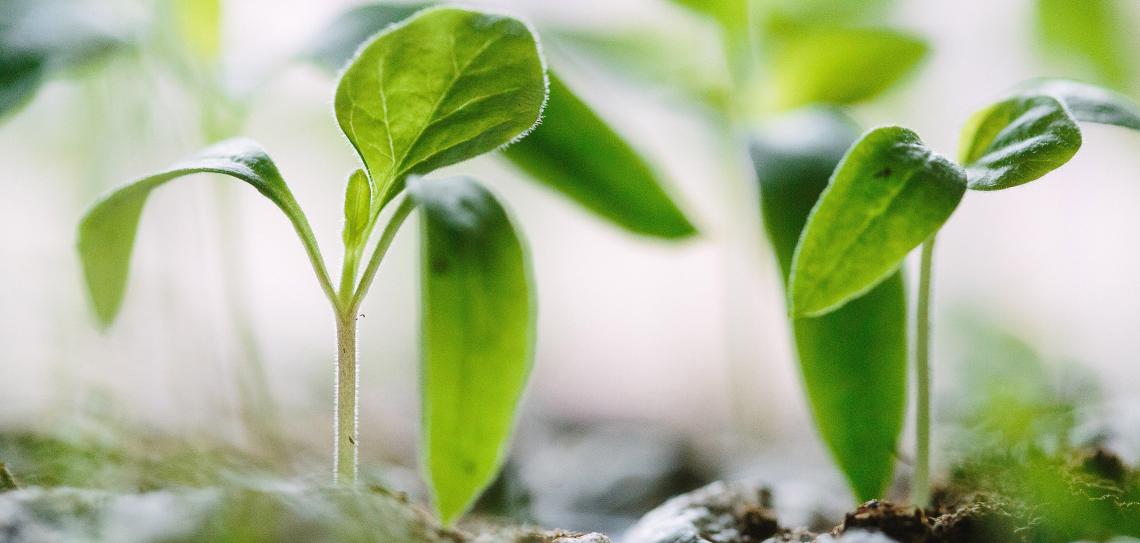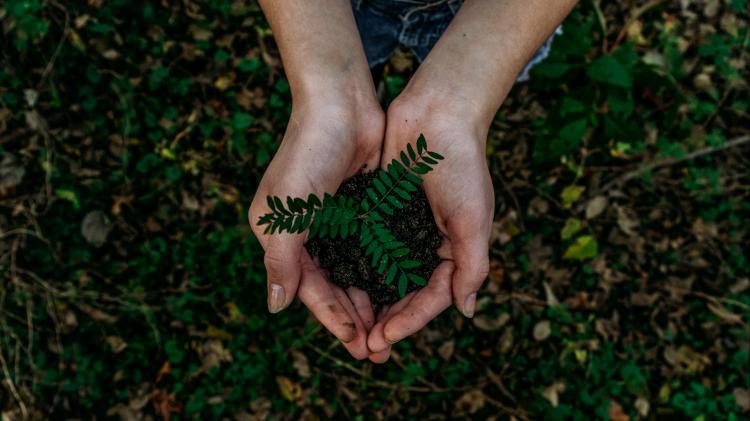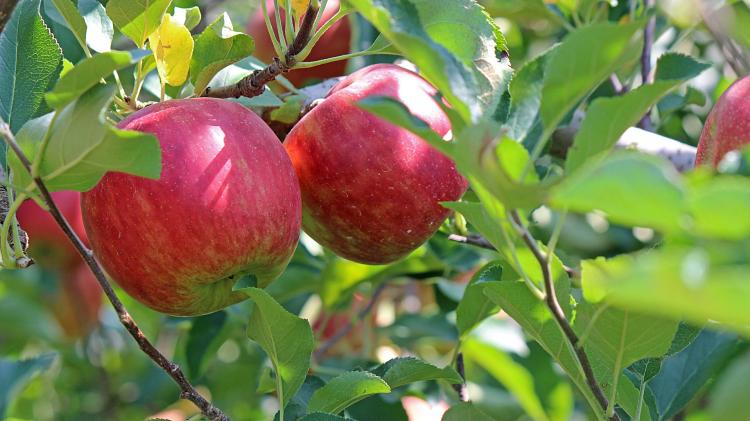
Use climate tolerant plants
Climate change is causing irregular heatwaves, varied season length, erratic rainfall and increased wildfires, hurricanes and floods. Growers are in unfamiliar, unpredictable conditions. One answer is to change what you grow; well chosen deep-rooted perennials will protect yields and stabilise land.

Drought and heat
If hotter growing seasons or increased drought are affecting where you grow, the first thing to do is to maximise your water harvesting and storage and minimise your water use (Action 13: 'Manage water in the landscape').
The next step is reducing areas under crops that require frequent and intensive irrigation. The world over, people are growing water intensive crops in places that do not have the long term water resources to support them. Locally and regionally adapted species and varieties, or types of plants and animals that are regionally adapted within an analogous climate, are the best bet.
Another step to consider is cultivating more tree products. Perennials are more resilient overall to yearly fluctuations of water because of their established root systems, especially if those trees, shrubs, herbs and grasses are climatically appropriate species. Humans that have adapted to living in arid areas typically rely on native perennial trees and shrubs for food security during drought years.
Another important aspect of restoring the hydrological cycle is reforestation. Increased rainfall occurs by trees transpiring water into the atmosphere, which then combines with atmospheric moisture to produce precipitation. The effects of deforestation on precipitation are well established, and this trend can be reversed by establishing forests on degraded and desertified lands.
Establishing new forests goes along with conserving existing forests and strategically blocking desertification through water harvesting, erosion control and reforestation. However, forests are not the answer for every arid ecosystem on the planet, and each situation needs to be examined individually. There are some ecosystems in which it appears more appropriate to manage for soil cover using perennial grasses. There are unique dynamics to every ecosystem and species which need to be studied, considered, and tested.
Wildfires
In many forest areas fire suppression for 150 years combined with overgrazing has created dense stands of smaller trees, with ladders of vegetation leading from grasses up to shrubs, then to dead, low branches and into the closed dense canopy. Once a fire enters the canopy, it can become much larger and harder to put out. These ecosystems have shifted into very hazardous places in an age of rising temperatures and erratic rainfall patterns.
The first thing to plan for is a fire break between the likely direction of a fire and the important infrastructure of your site (see Action 32: 'Design for wildfires'). Fire breaks consist of any design element that will not carry fire through the landscape. These can include planted areas; irrigated gardens; crop fields; irrigated orchards; recreational lawns; animal grazing areas; ponds; wetlands; and closed canopy stand of hardwood fire resistant tree species.

Floods and cyclones/hurricanes
During a massive rainfall event, big risks are soil erosion and landslides . In the event that earthworks are overwhelmed or fail, tree cover on steep slopes and tree belts interspersed throughout the landscape are essential. The more tree cover, with deep intertwined roots, the more stable soils and slopes will be, and will provide security in the event that other water management structures are overwhelmed (see Action 50: 'Design for floods').
Another aspect to this strategy is breaking the landscape up into smaller field components with hedgerows and agroforestry belts. The end result is fewer large open expanses, where forces like wind and water can concentrate. The landscape is a tighter mosaic of field and hedgerow, where belts of trees and shrubs with deep perennial roots are more dispersed, keeping soils stable.
There are a number of species that are known in the tropics for their soil stabilization qualities; certain perennial grasses and bamboos, for example. It’s necessary to avoid introducing a potentially undesirable rampant species, so this needs to be considered with any tough species brought into an area. The potential fire hazard of planting lots of grasses and bamboos also needs to be considered.
It’s wise to select tree species that can withstand cyclone force winds and have a measure of salt tolerance. A quick internet search reveals many resources to aid tree and shrub selection, for example from the University of Florida and James Cook University in Australia. The planting plan needs to account for the risk of complete defoliation from strong winds. Annual and perennial root crops are potentially ready for immediate foraging after a cyclone, even if the above ground portion of the plant is defoliated. Having a diversity of root crops in the ground provides some level of food security.
Perennial wild leafy greens may also come back rapidly after a big disturbance. The typical permaculture homestead model of a diverse polyculture garden immediately around the house that’s full of perennial plants is a great pattern for providing forage after the storm, and plant selections can be made to maximise disturbance resistant species.
Picture credits: 1) Francesco Gallarotti - unsplash.com 2) Noah Buscher - unsplash.com 3) Punch Ra - Pixabay.com
Assess the climate tolerance of your current plants
Change what you grow to increase its climate tolerance
Learn from others who live nearby, and share your experience
Support organisations working to revitalise and regenerate lands affected by climate change



